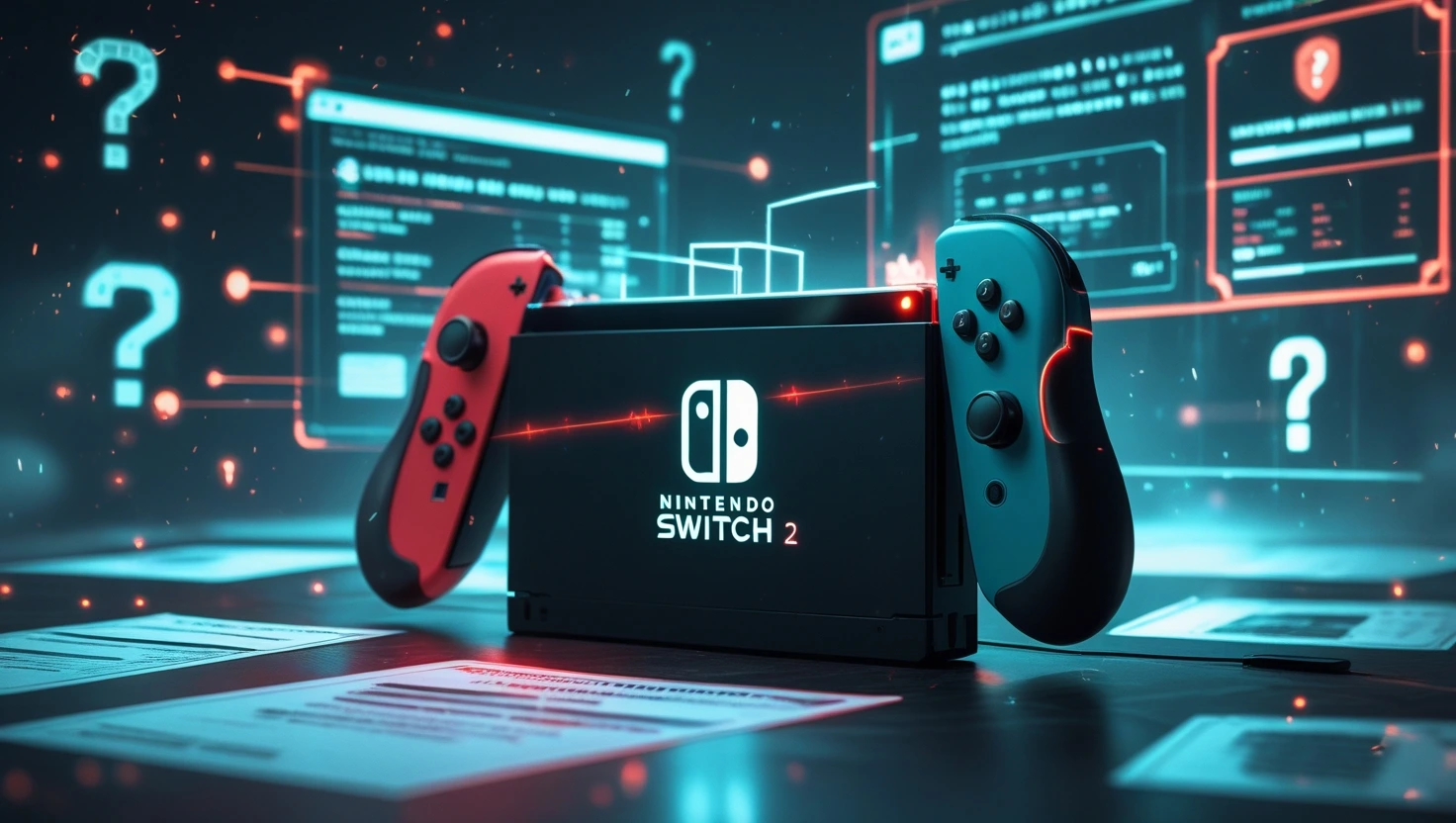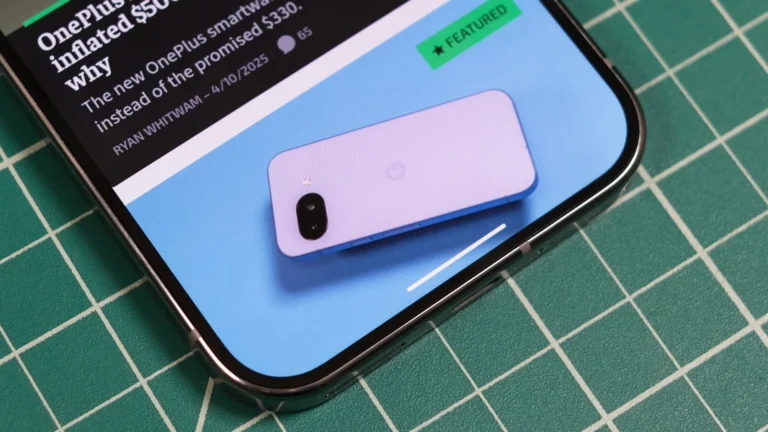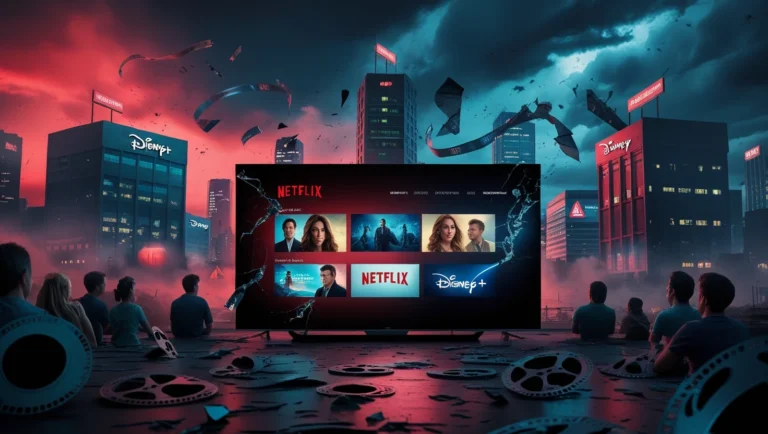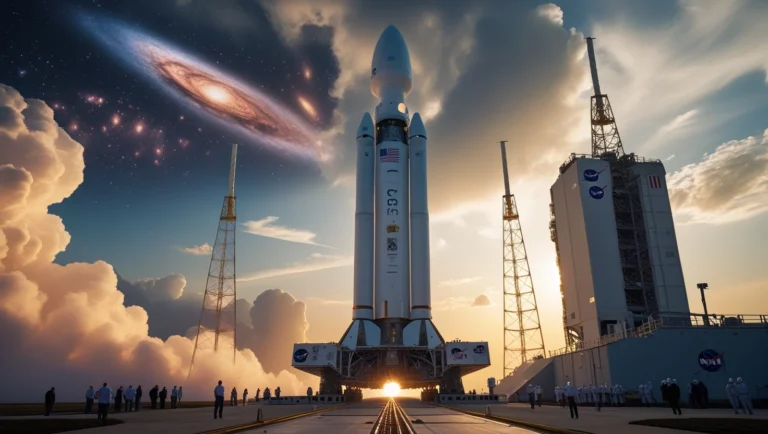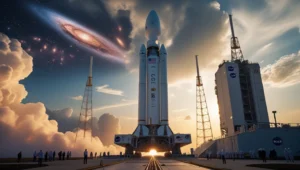Last week, Nintendo surprised fans by delaying U.S. preorders for the Switch 2, citing the need to evaluate the impact of Donald Trump’s proposed tariffs on countries where the console is manufactured. With most of those tariffs now postponed for 90 days, speculation swirled over whether Nintendo might raise the Switch 2’s $450 price tag to offset potential import taxes.
While analysts believe an immediate price increase is improbable, they warn that Trump’s trade policies could affect the console’s long-term pricing and availability in the U.S.
Tariffs May Already Be Factored In
DFC Intelligence CEO David Cole noted that his firm projects a 20% price increase for gaming hardware over the next two years due to broader economic pressures. However, he suggested Nintendo likely already accounted for tariff-related costs in the Switch 2’s $450 launch price, making a last-minute adjustment unlikely.
Industry experts agree that Nintendo had likely prepared for tariff scenarios well in advance. “It’s too late for Nintendo to raise the price now,” said Kantan Games’ Serkan Toto. “They would have run simulations to ensure their pricing was as tariff-resistant as possible.”
Nintendo of America President Doug Bowser told NPR that the $450 price was set based on existing tariffs, with no immediate impact from the latest policy changes. Still, he acknowledged that Nintendo, like other companies, is assessing the potential effects of Trump’s new tariffs.
Could Future Price Cuts Be at Risk?
Analysts suggest that while the Switch 2’s launch price may hold steady, tariffs could prevent Nintendo from lowering costs later. DFC’s Cole originally forecasted a 20% price drop within a year, but now expects prices to remain flat. Niko Partners’ Daniel Ahmad added that a price cut within the Switch 2’s first five years seems unlikely, given rising component costs and tariffs.
Some predict Nintendo may even raise prices in 2026 if tariffs persist. “They might absorb the initial hit but offset losses through digital sales and in-game monetization,” said Ampere Analysis’ Piers Harding-Rolls.
Could Nintendo Move Production to the U.S.?
Relocating manufacturing to avoid tariffs isn’t a simple fix. Wedbush’s Dan Ives estimated it would take $10+ billion and 4-5 years to establish U.S. production—and even then, many components would still be imported from tariff-affected countries.
Niko Partners’ Ahmad added that U.S. labor costs could drive prices even higher, making a domestically produced Switch 2 far more expensive than $450.
Will Demand Outweigh Pricing Concerns?
Early adopters are expected to buy the Switch 2 regardless of price, but long-term sales could suffer if tariffs keep costs high. DFC lowered its first-year sales forecast from 17 million to 15 million units, though Cole still predicts the Switch 2 will be the fastest-selling console in its first two years.
Circana’s Mat Piscatella noted that while hardcore fans will buy at launch, broader market success depends on supply and pricing stability in Year Two.
The Bottom Line
For now, the Switch 2’s $450 price appears safe—but tariffs could limit future discounts and strain Nintendo’s supply chain. The bigger question is whether higher long-term costs will dampen demand beyond the console’s initial hype cycle.
Read More About Four standout games revealed at today’s Triple-i Showcase
